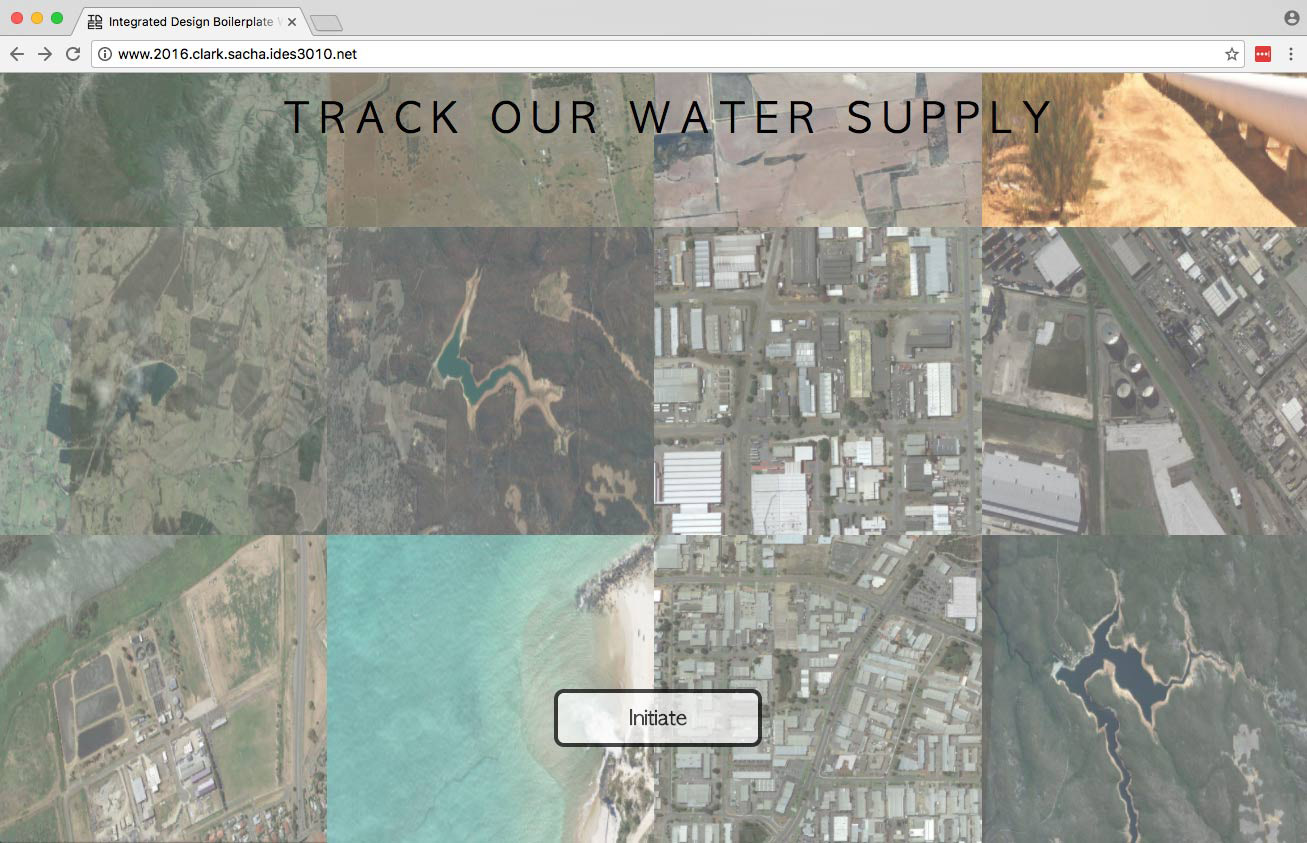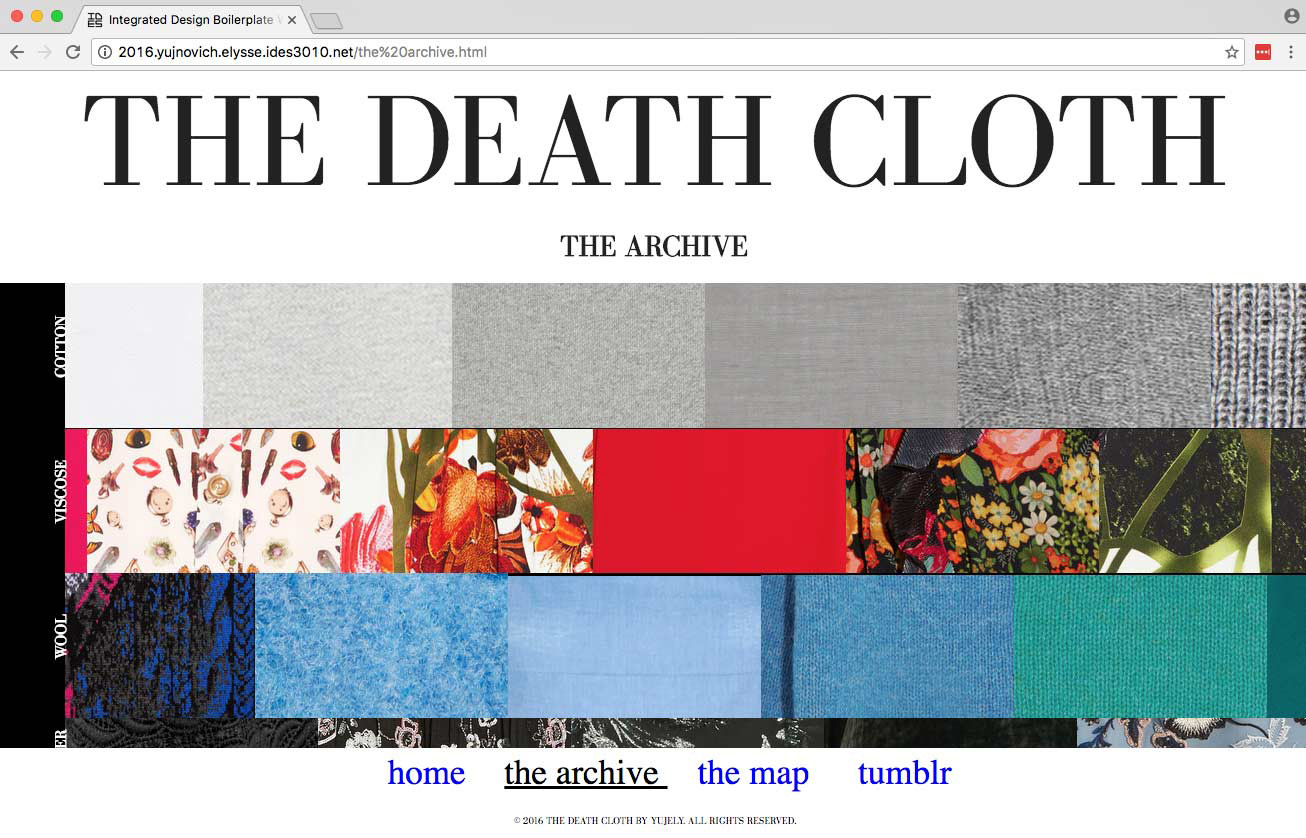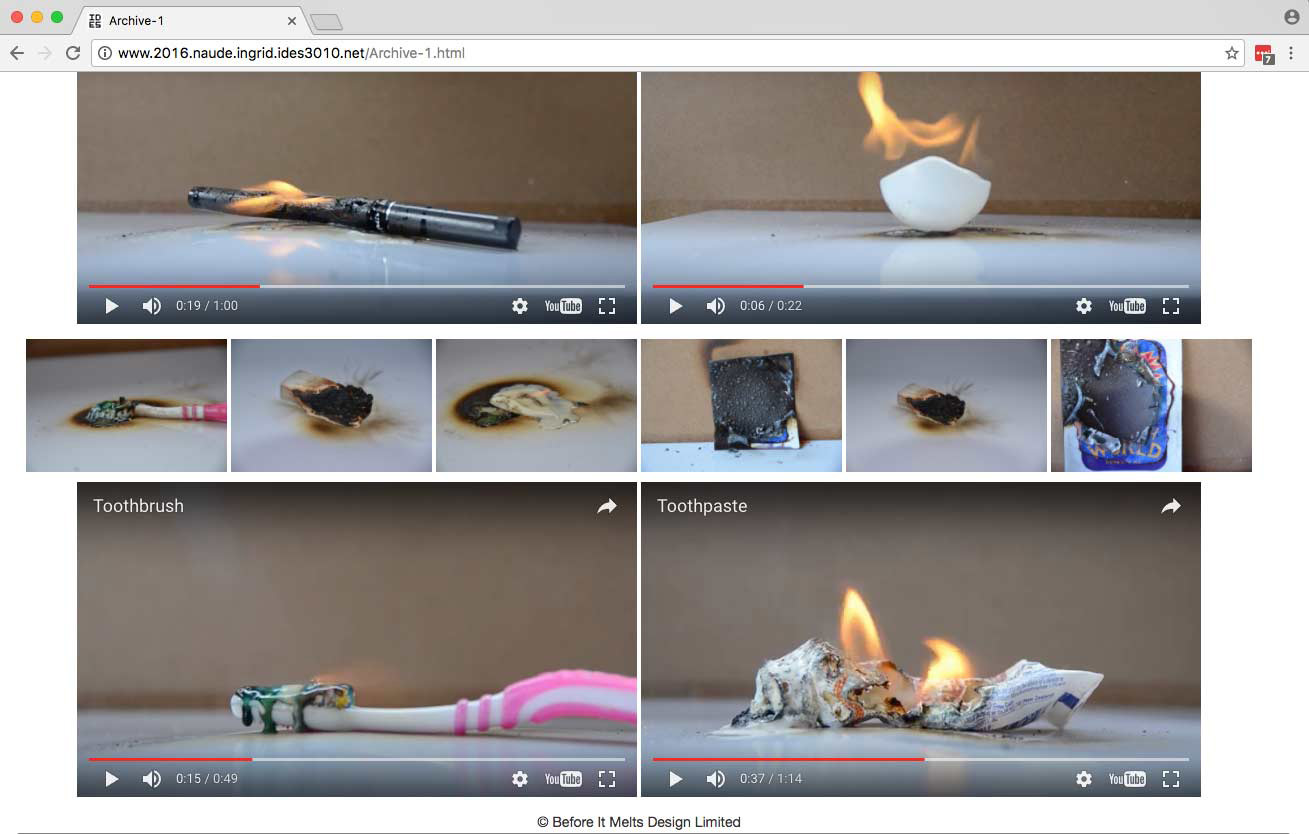
This class drew inspiration from the work of Katie Patterson, Kenneth Goldsmith, Cory Archangel, Jacques Lacan, Tyler Coburn and many more in an effort to encourage students to think broadly about the concept of an archive and its social, technological and political implications.
Students were given this prompt:
The 21st century is witness to the proliferation of both climate change and digital technology. What will future archives of climate change look like? How will information be organised and experienced? And what will we deem important enough to collect?
Students were tasked with creating web-based archives of climate change using digital media. Students were encouraged to interpret the term “climate change” however they saw fit. Some focused on popular notions of climate change; others focused on changing social media climates; and some focused on changing architectural climates.
After researching their “climate” students collected materials to create their archive. The archive could be based around images, texts, videos, films or sounds. The only caveat is that the media could not be original. They had to archive media from the Internet, no matter if it came from Google Maps or some unknown forum of the dark web. After searching, collecting, sorting, and curating an archive, students then used HTML, CSS and Javascript to create their archives.

Climate Change Exposed. An archive of tweets about climate change, arranged on a spectrum from irrational to rational.

Drip, Drip, Drip . An archive of popular films showing how actors use water.

From Pastures to Plates. An archive of satellite images that trace the transport route of cattle from farm to table.

Track Our Water Supply. Uses satellite imagery to trace local water supply routes.

This Just Tweeted. A collection of tweets organised to show how individuals on social media respond to harsh weather events.

Invisible Abnormality. An archive of portraits that reveal the impact of UV rays on skin.

The Death Cloth. An archive of four types of cloth (cotton, wool, polyester and viscose) and their role as greenhouse gas contributors.

Before it Melts. A video archive of objects literally melting.